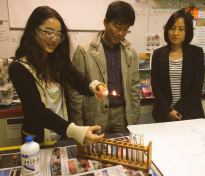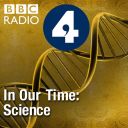This gallery contains 2 photos.
Originally posted on Wayfinder Learning Lab – Stephen Taylor:
I love Creating Cultures of Thinking by Ron Ritchhart of Project Zero at HGSE so much, and refer to it so often, that I made these aide-mémoire cards and chapter summaries, and I carry them with me for planning, coaching and collaboration meetings. The front side…


 Biorender.com
Biorender.com I really enjoy parent-student-teacher conferences. (I’d rather do more of these and less report writing, but that’s a different post.) Even with a limited time-slot (my last couple of schools have been 10mins), we have an opportunity to strengthen a home-school connection, build a relationship with families and really put the learner and learning front and centre.
I really enjoy parent-student-teacher conferences. (I’d rather do more of these and less report writing, but that’s a different post.) Even with a limited time-slot (my last couple of schools have been 10mins), we have an opportunity to strengthen a home-school connection, build a relationship with families and really put the learner and learning front and centre.








